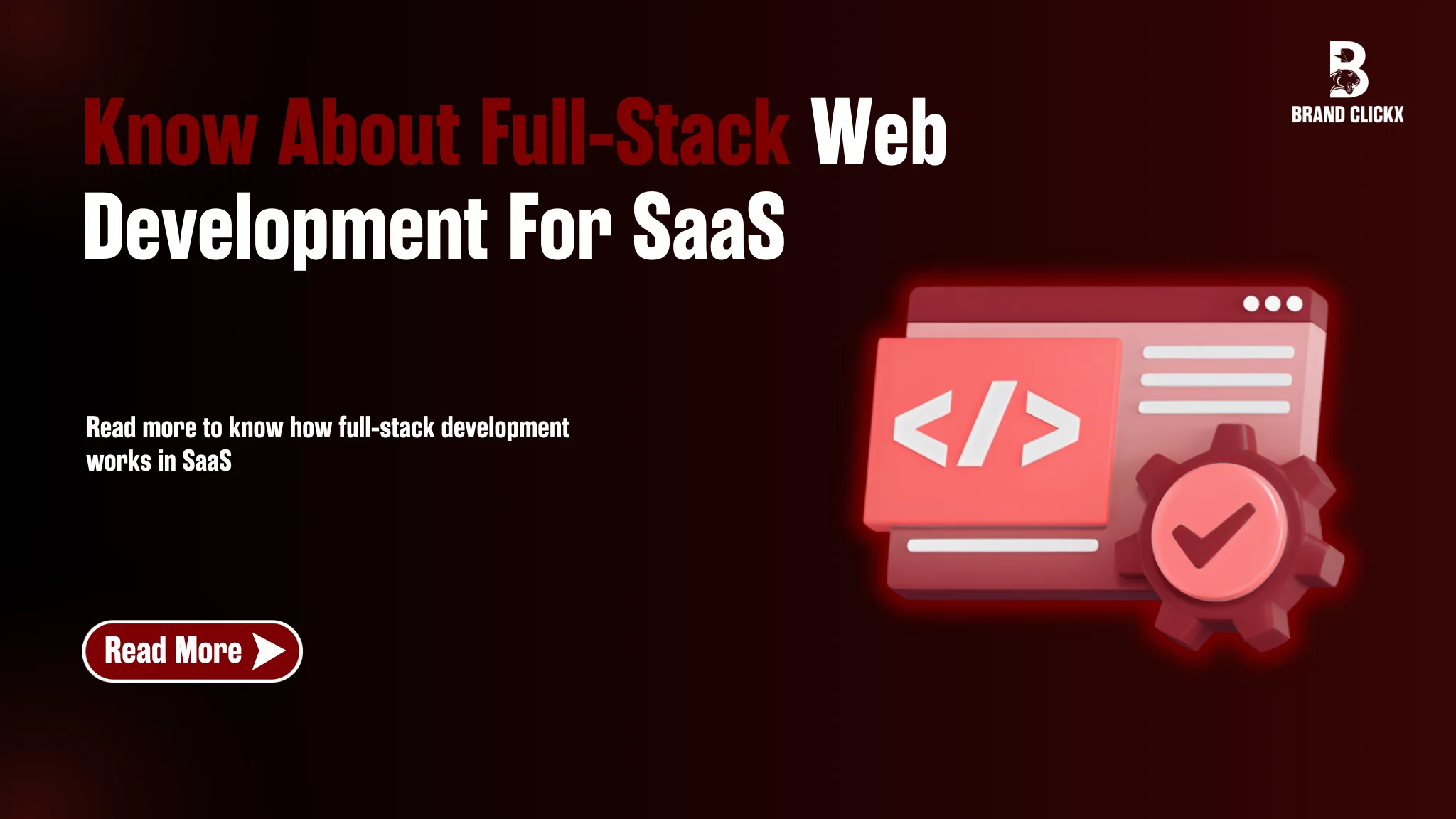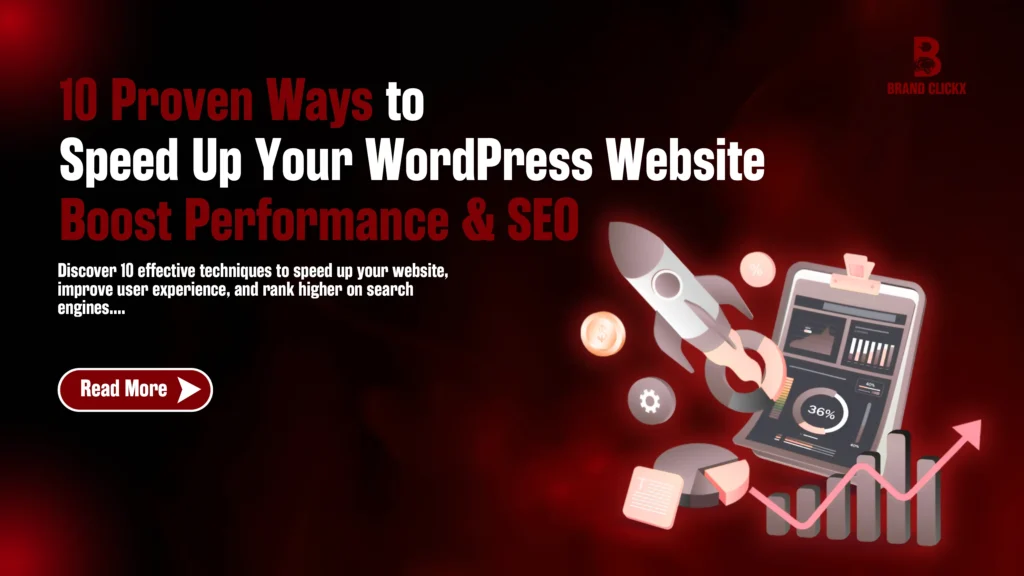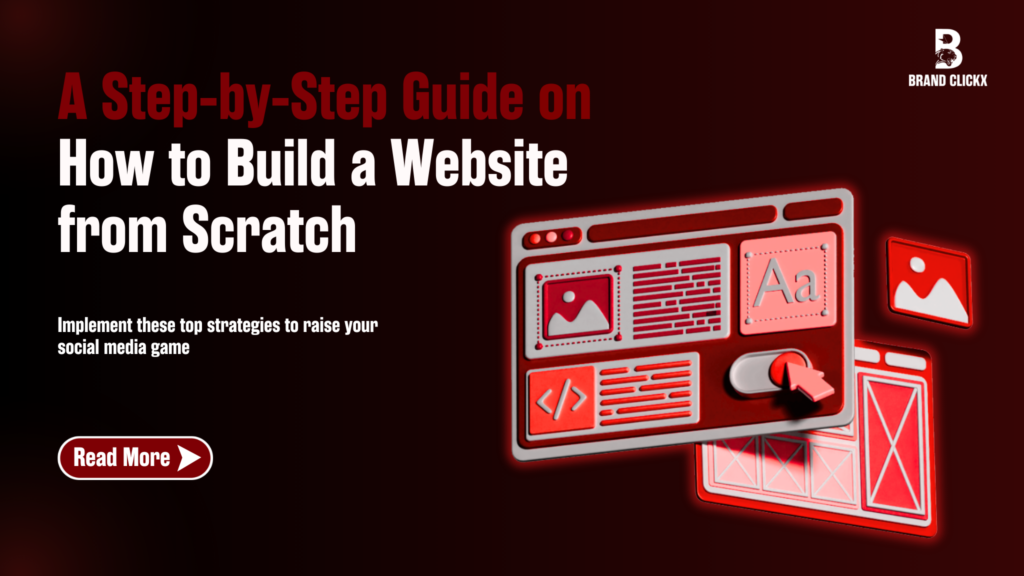It’s 2025, and you have a killer SaaS idea. But as you dive into the execution, reality hits hard, tech stacks are evolving faster than ever, user demands are skyrocketing, and your competition seems to have a head start. Sound familiar? Here’s the deal: the foundation of your SaaS’s success lies in one thing; Full-Stack Web Development for SaaS in 2025.
Why? Today’s founders don’t just need functional apps; they need seamless user experiences, blazing-fast performance, and scalable architecture that doesn’t crumble under undergrowth. Without these, your SaaS risks being just another forgettable name in a crowded market.
This guide isn’t about fluff or tech jargon, it’s about giving you the clarity you need to build a full-stack framework that aligns with your vision and tackles real-world pain points: high development costs, scaling headaches, and keeping up with cutting-edge trends like AI integrations and real-time analytics.
Let’s start!
What is Full-Stack Web Development for SaaS?
Full-stack web development for SaaS means that you are working on the front end and the back end of a web application simultaneously. Using this holistic approach guarantees that there’s a smooth flow of functionality and the same experience for users.
Full-stack developers are assigned with these kinda tasks and know multiple programming languages, frameworks, and tools that enable them to take on the entirety of the development cycle, from design and MVP to production.
In the SaaS ecosystem, full-stack development is essential for building platforms that can:
- Be able to deliver real-time performance.
- Handle an enormous amount of user interactions.
- Make sure to handle and secure data.
Important Components of Full-Stack Web Development for SaaS
1. Front-End Development
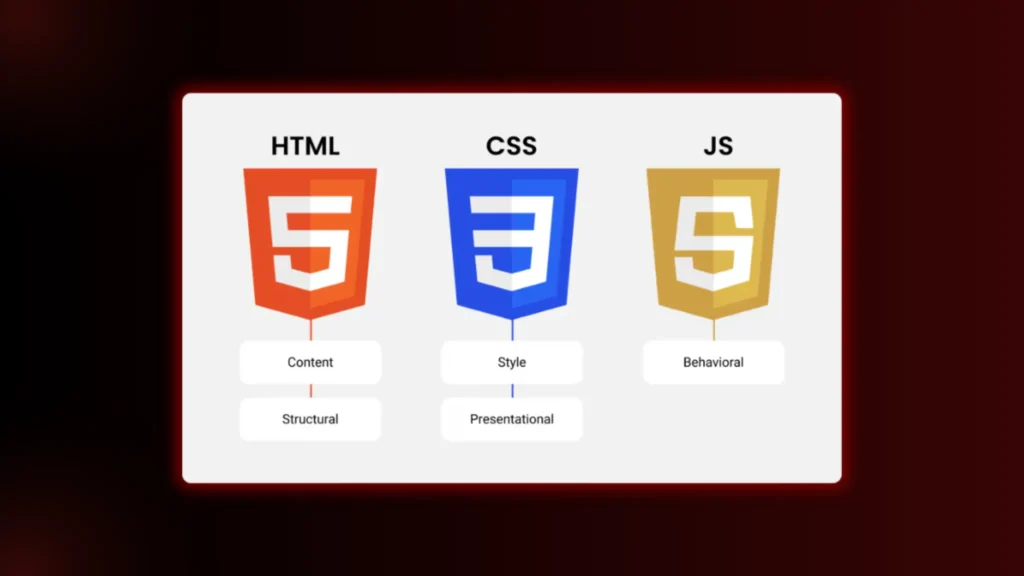
The front end of a SaaS application is the user’s first point of interaction, making its design and functionality critical.
Technologies and Tools in 2025:
- HTML5 and CSS3: The building blocks for structuring and styling web pages.
- JavaScript Frameworks:
- React.js: Popular for creating dynamic and reusable UI components.
- Vue.js: Lightweight and versatile for smaller projects with high efficiency.
- Svelte: A compiler-first framework known for performance optimization.
- CSS Frameworks:
- Tailwind CSS: A utility-first CSS framework enabling rapid development.
- Bootstrap 5: Streamlines responsive and mobile-first designs.
- TypeScript: Adds static typing to JavaScript, improving code quality and reducing runtime errors.
2. Back-End Development
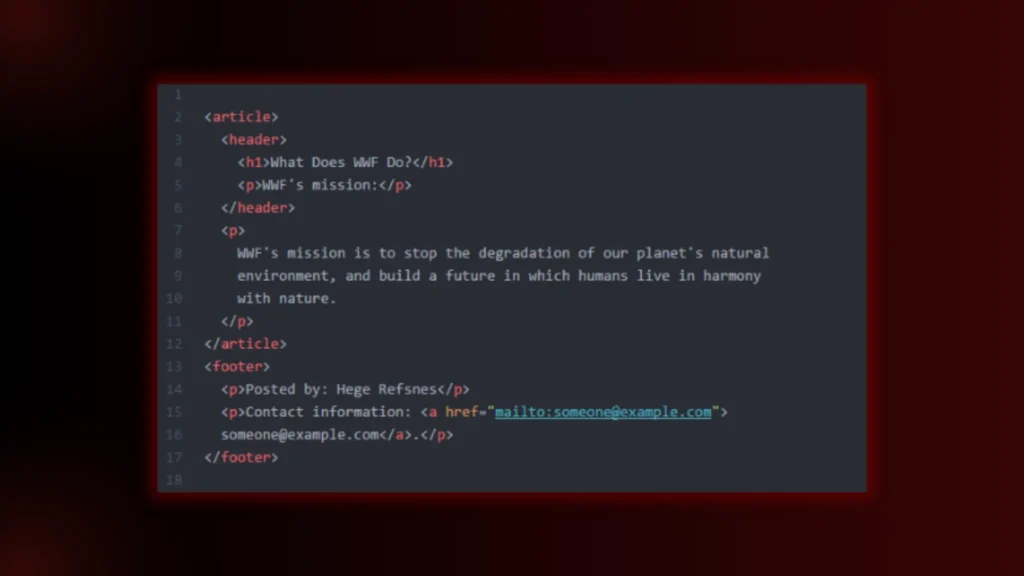
The back end handles server-side operations, business logic, and database interactions. A well-structured back-end ensures reliability, scalability, and efficient data management.
Key Back-End Technologies in 2025:
- Programming Languages:
- Node.js: Preferred for its non-blocking, event-driven architecture.
- Python: Frameworks like Django and Flask are widely used for their simplicity and power.
- Ruby: Ruby on Rails facilitates rapid development with convention over configuration.
- Java: Frameworks like Spring Boot are ideal for large-scale enterprise SaaS applications.
- Serverless Architectures:
- Services such as AWS Lambda and Google Cloud allow developers to focus on code without worrying about server management.
3. Database Management
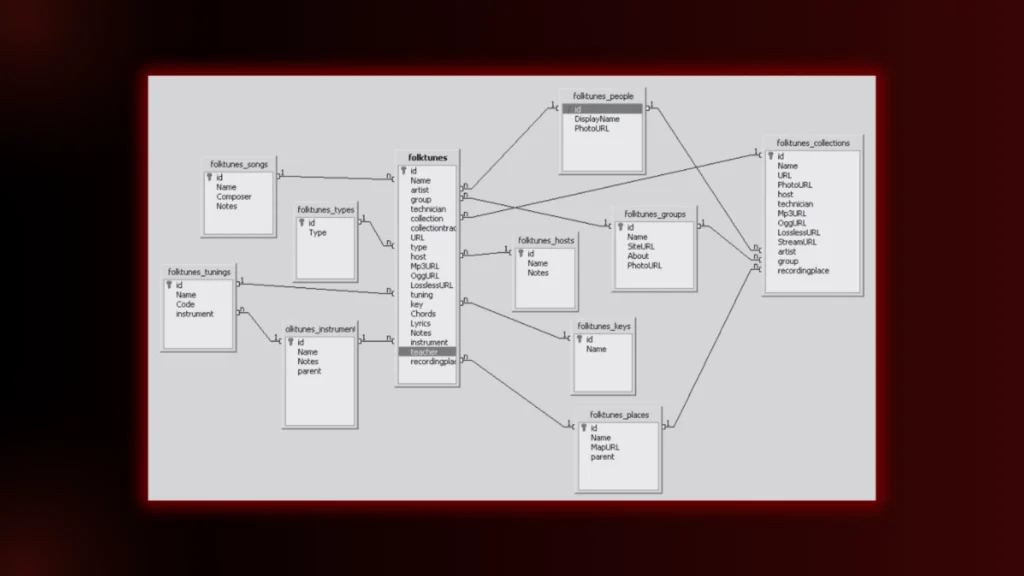
SaaS platforms often deal with vast amounts of structured and unstructured data. Choosing the right database system is crucial for performance and scalability.
Popular Database Solutions in 2025:
- Relational Databases:
- MySQL and PostgreSQL: Renowned for their reliability and strong ACID compliance.
- NoSQL Databases:
- MongoDB: Ideal for handling unstructured data.
- Couchbase: Combines NoSQL flexibility with SQL capabilities.
- In-Memory Databases:
- Redis and Memcached: Used for caching to improve application performance.
4. DevOps and Deployment
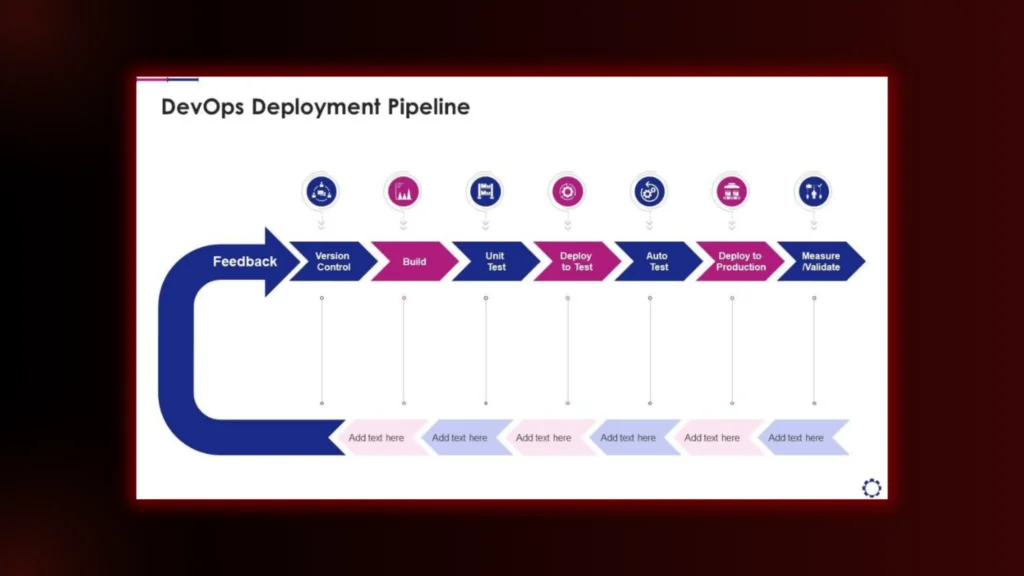
Efficient development and deployment of SaaS applications are helped greatly by DevOps practices. Continuous Integration and Continuous Deployment (CI/CD) pipelines help reduce testing, integration and release cycles.
Essential DevOps Tools in 2025:
- Docker: It containerizes code and dependencies simplifying application deployment.
- Kubernetes: It manages containerized applications with scalability and reliability.
- Jenkins: It automates CI/CD pipelines for quicker and error-free deploys.
- Terraform: Enables Infrastructure as Code (IaC) to set up consistent environment.
Importance of Full-Stack Development for SaaS in 2025
In 2025, full-stack development is necessary for SaaS platforms since it gives a single way of developing scalable, efficient and user-friendly applications. Full stack development combines front-end development with the back end creating a full package whereby a good user experience, server-side operations, and data management are achieved in line with the increasing needs of modern users.
This saves development costs by employing versatile developers who are qualified in lots of technologies, speeds up time to the window by streamlined workflows as well and improves flexibility in competitive conditions that are constantly transforming.
Repetitive full-stack development empowers you to create real-time features, multi-device compatibility and sophisticated analytics data that is crucial for the victorious delivery of purpose competition, high-performance SaaS solutions in the current versatile world.
Emerging Trends in Full-Stack Web Development for SaaS
1. AI and Machine Learning integration
- Personalization: An example of a SaaS platform using AIpowered is to tailor user experience based on the behavioural data of users.
- Development Efficiency: GitHub Copilot is a tool that helps developers write and debug code.
2. Low-code/No-Code Platforms
However, these platforms are democratizing app development so that non-tech stakeholders can be included in the process. They are also accelerators of prototyping and implementation.
3. Progressive Web Apps (PWAs)
With PWA, you’ll have a native app-like experience with offline functionality, better performance and lower development costs.
Challenges in Full-Stack SaaS Development
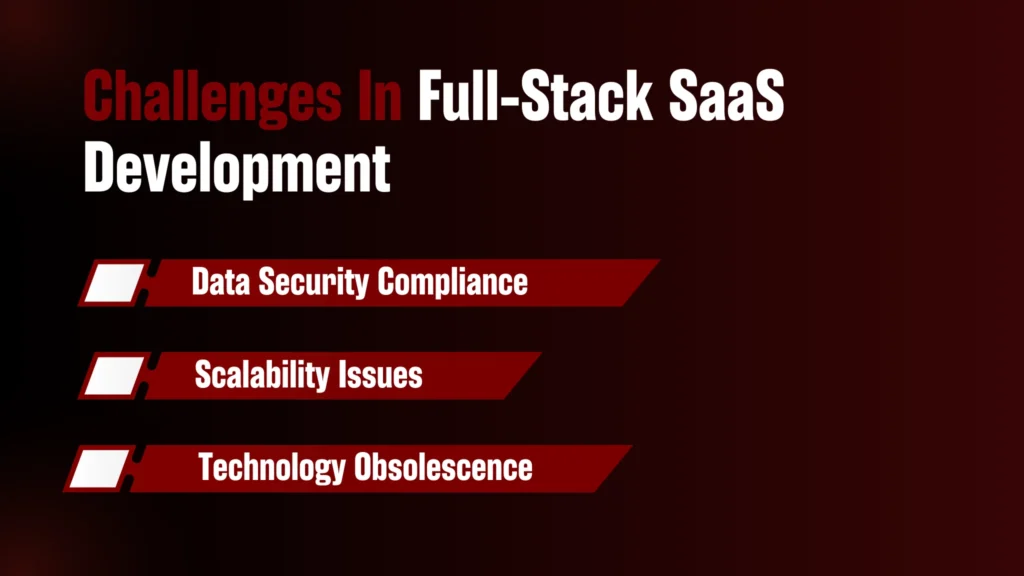
Data Security Compliance
For organizations that have to ensure compliance with regulations like GDPR (General Data Protection Regulation) and HIPAA (Health Insurance Portability and Accountability Act), it’s important to make sure a user’s data stays protected and that big fines are not incurred.
It means that they must be regularly audited to determine how current practices stack up with any vulnerabilities, and that data handling procedures will be at regulatory standards. In addition, the data that is transmitted and the data that is at rest should be both encrypted and protected from unauthorized access.
Continuous data security compliance is as much work as it is risky, which is why attendance is mandatory and why we must remain vigilant until the standards are no longer in flux.
Scalability Issues
Businesses grow and the need arises for their systems to be able to manage growing user traffic and data without experiencing performance degradation. Another aspect of this scalability is to implement efficient load-balancing techniques that will spread the traffic smoothly around the servers to avoid a single point of failure.
In addition, database optimization is necessary to ensure the stored data is properly handled by the backend data storage for maintaining speedy processing of large quantities of queries even with rising users.
If scaling up is not planned out, organizations can suffer from slow response times, system outages, or just plain poor user experience that can affect their brand, reputation, and customer satisfaction as the organization grows.
Technology Obsolescence
Organizations must remain competitive with the ever-increasing pace of technological advancement. To build systems with up-to-date and sustainable technology stacks, developers must stay up-to-date with the latest tools, frameworks and programming languages.
That means never stopping learning, adapting, and never resting on your laurels since things that are popular even now can go obsolete in a few months or even years.
If a business wants to avoid falling behind, it must invest in training programs, attend industry conferences, and establish an environment of innovation within the development teams to ensure they remain the best trained and most knowledgeable in the newest technologies.
Final Thoughts
By now you are aware of what exactly full-stack web development for SaaS is and how it is done. In case you want this all done by a professional and experienced team, BrandClickX is the name to call!
Contact us to discuss details!
FAQs
1. Why is Full-Stack Development important for SaaS?
Full-stack development is crucial for SaaS applications as it allows developers to handle all aspects of the development lifecycle. This unified approach ensures consistency, reduces dependency on multiple specialized teams, and helps in faster iterations of both front-end and back-end features, leading to a more cohesive and reliable SaaS product.
2. What technologies are used in Full-Stack Web Development for SaaS?
Full-Stack Web Development for SaaS typically involves technologies like:
- Front-End: HTML, CSS, JavaScript (React, Angular, Vue.js)
- Back-End: Node.js, Python, Ruby, Java, PHP
- Databases: MySQL, PostgreSQL, MongoDB
- APIs: RESTful APIs, GraphQL
- Version Control: Git, GitHub, GitLab These tools enable the development of both user-facing and server-side components, ensuring smooth communication between the two.
3. How does Full-Stack Web Development contribute to scalability in SaaS?
Full-Stack developers are equipped to optimize both the front-end and back-end to ensure that the SaaS application can handle growth in user base, data, and traffic. Proper database management, API optimization, and efficient server-side logic are essential to prevent performance degradation as the application scales, providing users with a smooth and consistent experience.

